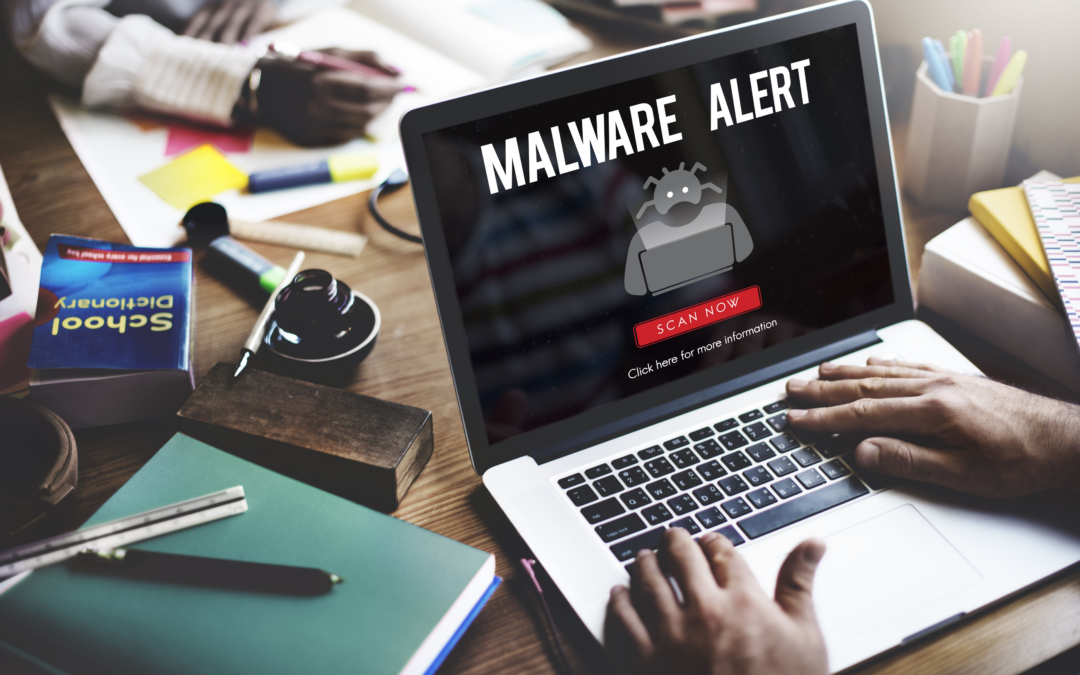Cyberattacks are currently rated as the fastest growing area of crime. They unleash protected data, harm reputations, and create monetary crises.
The Information Systems Audit and Control Association issued a financial impact report. They project that global cybercrime will cost $6 trillion during 2021.
Using computer forensics measures can save your business. Keep reading to find out more about fighting cyberattacks.
Overview of Computer Forensics
Computer forensics uses scientific methods and knowledge to find and analyze evidence. Experts identify “crime scenes”, block criminal activity, and look for perpetrators. It combines computer science and law to collect evidence for court.
In the past, cyber forensics used “dead-box” analysis. Today, new methods have emerged using “live-box” examination. This collects vital evidence from the RAM or volatile memory.
How Digital Forensics Fights Cyberattacks
There are few things that bring a business to a standstill faster than a security breach. The disconcerting truth is that, on average, the company doesn’t discover a problem for 197 days. Then it takes about 69 days to contain the threat.
Computer forensics works to defend against, identify, and stop computer hackers. The following describes each part of the process.
Malware Detection
When there’s suspicion of malware, an analyst starts by write-protecting the drive. They examine the data as an image that’s loaded into forensics software. The goal is to find evidence of malicious activity and/or detect malware.
Often, they first check download folders, document folders, and the desktop. They’re looking for unauthorized executable files stored in these areas. The analyst also searches for DLLs in Windows systems and browsing histories.
High-threat actors often camouflage themselves. This means that investigators must dig deeper into registry keys.
They also look at other global and application-specific settings. Hackers may load injected libraries, redirect DNS queries, and load binary images to the “pointer”.
Malware Blocking
Computer forensic analysts use a “write-blocker” device when they’re examining drives. This only allows them to read commands but block writing any commands. The purpose is to preserve the drive content’s evidence.
If the analyst accidentally changed the image, the evidence becomes dismissible in court. The legal term describing this situation is “spoliation”.
Sandboxing
Often, digital forensic analysts use a method called sandboxing. This looks at the malware’s behavior, finds outbound connections, and registry changes. hey check for processes running in the background and the download of other payloads.
Powerful sandbox systems limit system failures and the spread of software vulnerabilities. This is done while watching how the software behaves.
Once found, the forensic team can use the sandbox to “explode” the malware. They can also run the malware inside an isolated environment. This lets them document evidence of its behavior and identifies the specific malware.
The sandboxing process generates a detailed report describing the malware’s operation. It includes suspicious indicators, network traffic analysis, and screenshots showing the malware running. The investigator can then develop further leads to pursue.
Are You Concerned About Your Business’s Cybersecurity?
Today, every business must take action to protect itself against cyberattacks. Computer forensics is providing vital data to fight these criminals.
At Black Bottle IT, we believe in excellence, transparency, innovation, and commitment. We know that each business has unique needs. Thus, we approach every new client with fresh energy and inspiration.
Our goal is to provide you with the best comprehensive security and IT services. We offer solutions for remote, hybrid, and full-time work environments.
Click here today to connect with us or to get help if you’re experiencing a breach.

